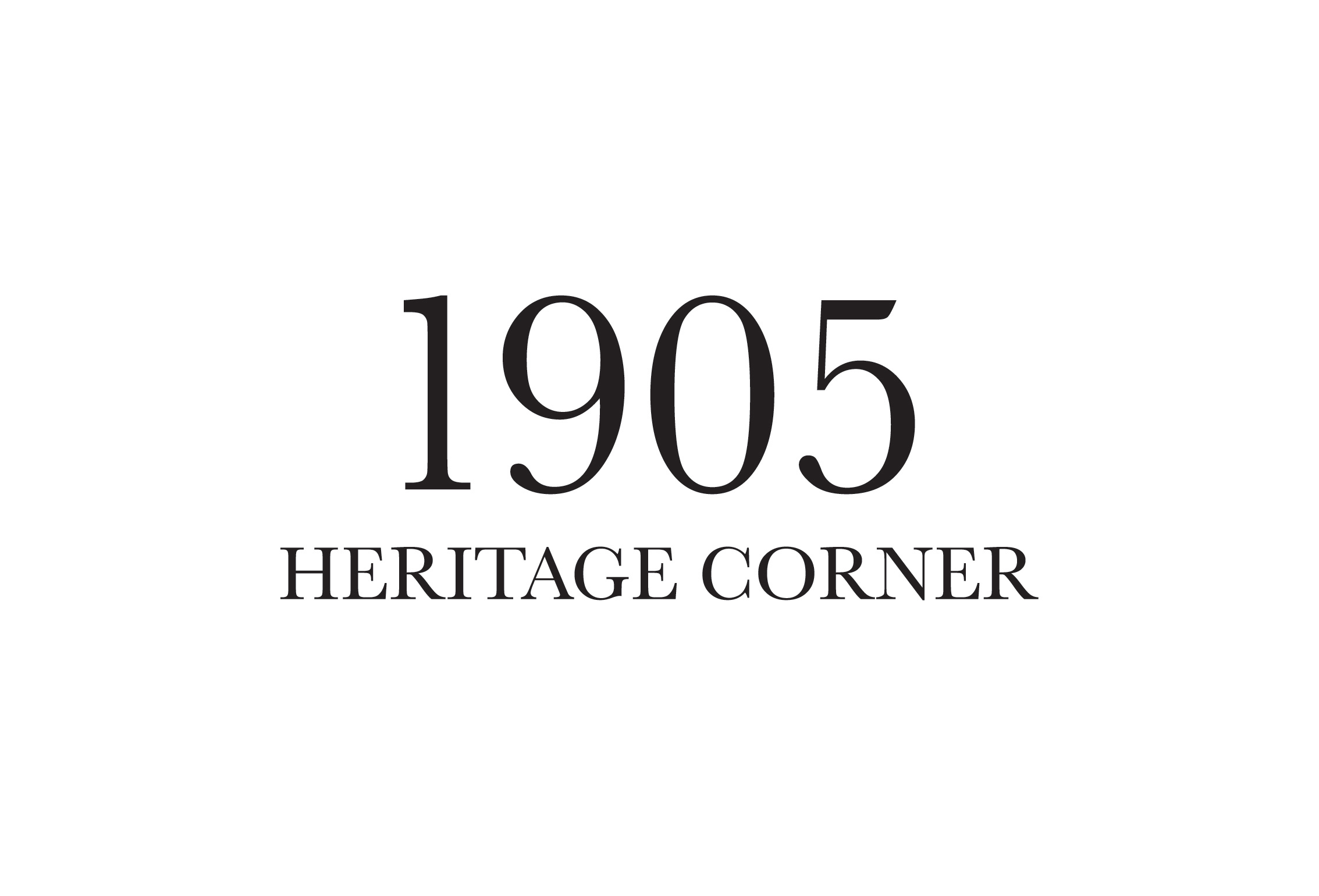City Pillar – San Lak Mueang, the first building in this new capital
- 1905 Heritage Corner

- Jul 4, 2019
- 2 min read
Updated: Jul 6, 2021

City Pillar – San Lak Mueang (ศาลหลักเมือง)
Although the non-theistic Theravada Buddhist religion dominates in Thailand, there remains a very strong cultural and religious link with Brahmin (Hindu priests and teachers) practices and the belief in supernatural spirits at all levels of Thai society. The “spirit house” shrines ศาลพระภูมิ (san phra phum, "houses of the guardian spirit"), that are respectfully cared for and revered in most of Thailand’s houses and compounds, are a prime example of the importance of spirit worship in everyday life. Even major decisions of the government can be subject to Brahmin guidance. This form of Hinduism blends with Buddhism in almost every temple in Thailand and most Thai Buddhists do not consider there is any contradiction in their faith. The recent funeral rites of the late King Rama IX again showed how pivotal Brahmin ritual is side by side the Buddhist chants.
It is natural, therefore, that a town or city, however large, should possess its own guardian spirits and that there should be a place where these guardians can reside and be revered by citizens and visitors alike.
Bangkok’s City Pillar Shrine (San Lak Mueang) is among a small group of structures situated opposite the northeast corner of The Grand Palace walls and, although it is rather dwarfed by adjacent huge Ministry of Defence building, it is a place of much importance to the populace. (Spiritual and temporal guardianship of the kingdom placed side by side!)
King Chakri (Rama I) erected the first city pillar in 1782 when he moved the Siamese capital from Thonburi on the west side of the river to Bangkok on the east bank (Rattanakosin island). The shrine was the first building in this new capital before the palaces and other buildings were constructed, because Brahmin custom believes the single city pillar, made of acacia wood (ชัยพฤกษ์ Chaiyaphreuk or “Tree of victory”), to be the city’s spiritual centre for all its citizens. When the shrine building containing the pillar became dilapidated, it was replaced by the present group of buildings during the reign of King Mongut (Rama IV) in 1853, with both the old as well as a new pillar placed together in the main pavilion with a spire (prang), modelled on the shrine of the former capital, Ayutthaya. The shrine was again renovated in 1980 with some additional decorations to the various buildings in preparation of the 200th anniversary celebration of Rattanokisin Island. Various spiritual activities are practised by local worshippers and those visiting the city in some of the adjacent shrines in this small but interesting complex. To visit, respectful dress is requested (covered shoulders and knees). It is open every day (no entry fee) from 06:30 to 18:00.




Comments